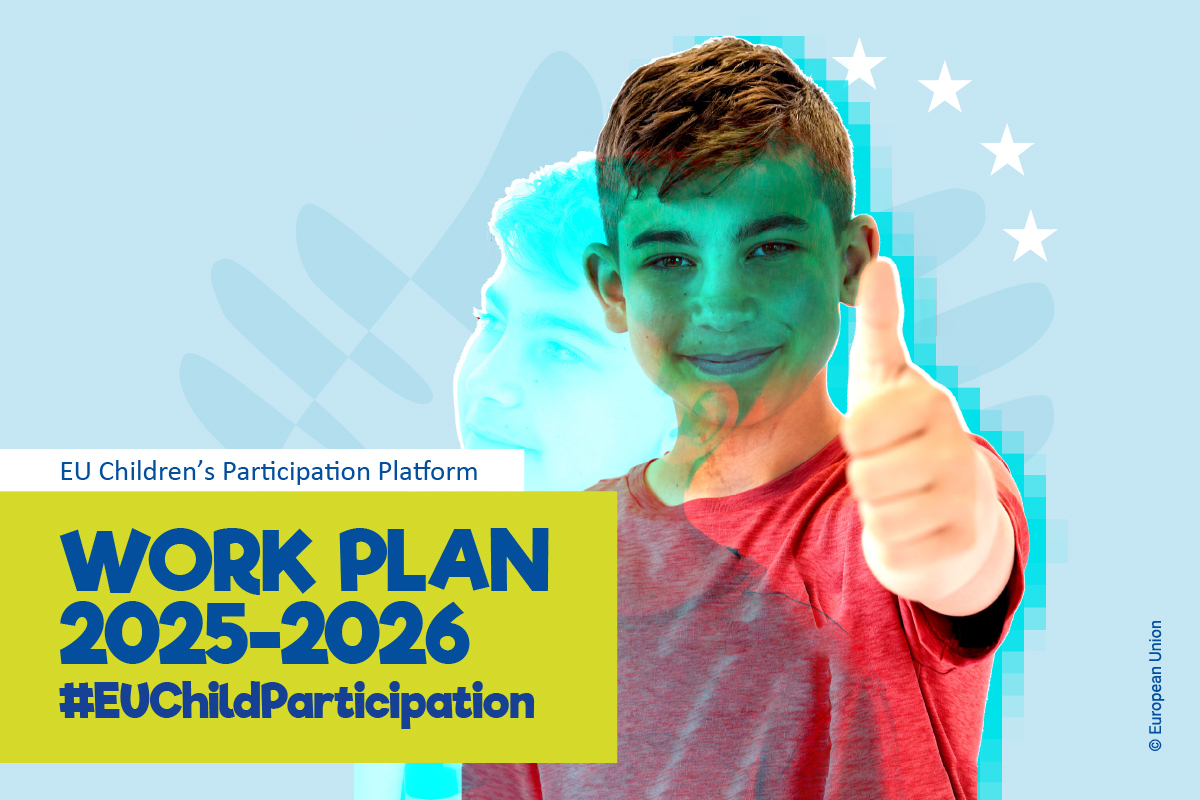The EU Children’s Participation Platform boosts children’s voices and helps them contribute to decision-making at EU level.
Through the Platform, we help children, and teens under the age of 18 connect and talk to policy makers and decision-makers. They discuss topics that affect their lives and activate their rights as EU citizens.
Children's right to be heard
Children have the right to share their thoughts, be safe, and be cared for. These rights are explained in Article 24 of the Charter of Fundamental Rights of the EU.
To follow this commitment, and based on feedback from 10,000 children, the EU made a Plan, called the EU Strategy on the Rights of the Child. The Plan, made with and for children, presents actions to safeguard the rights of all EU children.
Our Platform was set up in response to an important point in the Rights of the Child Plan: children’s right to participate in political and democratic life.






